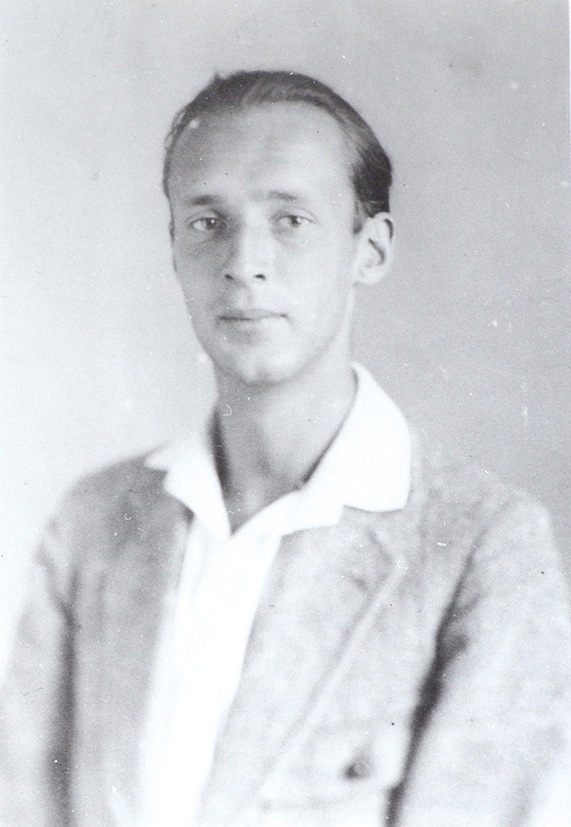The idea for this exhibition began with the discovery and translation of an unpublished dramatic prologue by Vladimir Nabokov (1899-1977, Russia). ‘Agasfer’ features the Wandering Jew travelling through the centuries in search of his beloved, drawing on Biblical and Romantic imagery. It ends triumphantly as he embraces the power of his immortality:

“I am Agasfer. One moment in the stars, next moment in the dust
I wander. The whole chronicle of the earth
is a dream about me. I was and ever will be.
… I rise, I yearn, I grow stronger.
… O, music of my wandering, the waters and
cries of centuries, come to me, come to me!”
V. Sirin (Vladimir Nabokov)
‘Agasfer. Prolog.’, Rul, 2 December 1923, p.6.
Translated by Anoushka Alexander-Rose
The history of the Wandering Jew is as expansive as his fictionalised travels and as diverse as the writers, artists, and genres he attracts. Depictions of the legend have the potential to subvert its antisemitic origins, reclaim and celebrate it as an instrument for Jewish creative potential, and rebuild interfaith and intercultural reconciliation. The Wandering Jew represents a particular Jewish experience of persecution and exile, but also universal themes of migration, memory, and resilience.